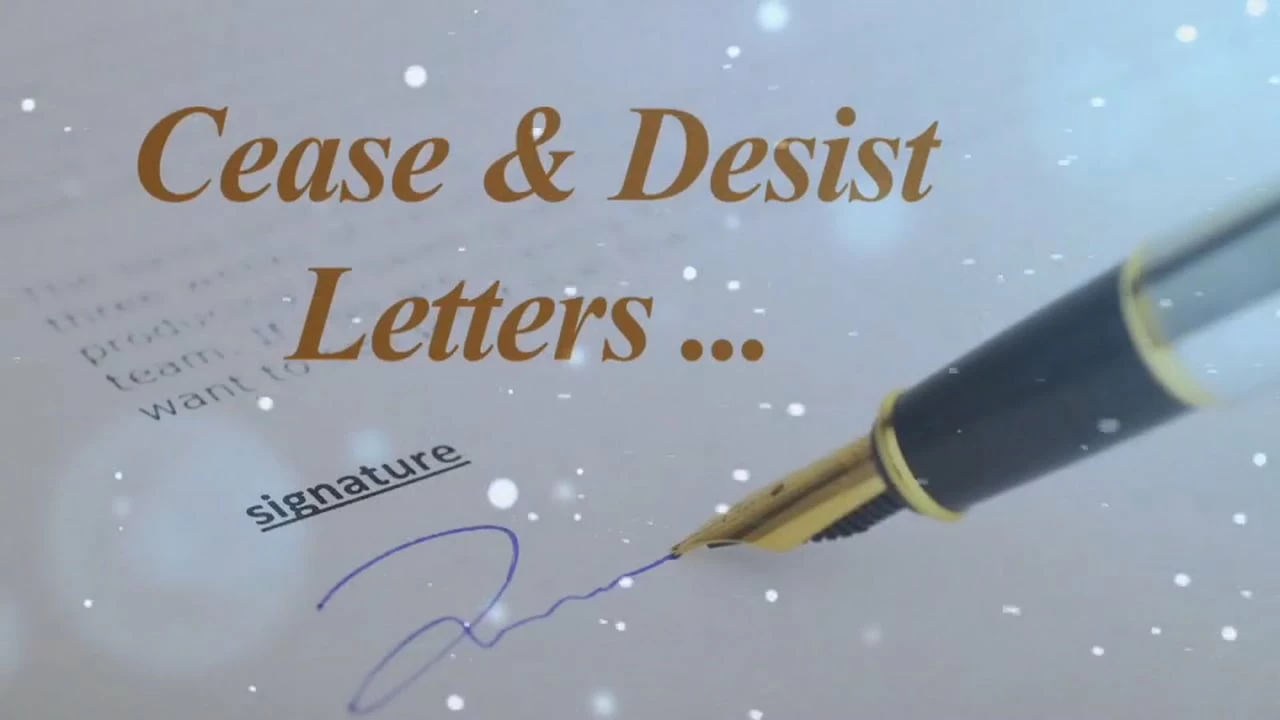
Partner Article
Everything You Needed To Know About Cease And Desist Notices
As a startup business, anything that requires you to approach the courts can be intimidating. This is especially true when you are still not profitable enough to actually afford a lawyer. But everything has a first time and cease and desist notices are often the first time startup founders come in contact with the world of copyrights and intellectual property. In this article, we will take a look at everything that you would want to know about cease and desist notices, particularly from a UK perspective.
What exactly is ’cease and desist?’
Cease and desist letters do not necessarily pertain to copyright infringement and intellectual property. In general, any business or individual may send a ‘cease and desist’ notice to another business or individual to demand that they refrain from carrying out a certain activity. The understanding is that the sender of the letter may take legal action against the recipient if they fail to do so. In essence, C&D letters are a way to avoid the protracted legal engagement between the two parties. In this context, you must know that there is also a ‘cease and desist’ order that may be issued by a judge in a court of law. However, what we are discussing in this context is not about these formal orders.
Do cease and desist letters hold any legal value?
Not initially. You do not have to send a cease and desist letter to the other party before you decide to file a lawsuit against them. However, there is merit in sending one before you file a case. This is because the defendants may choose to feign ignorance over having violated your copyright or any other illegality you are accusing them of. A cease and desist letter may serve as qualified evidence to prove that the defendants were aware of their wrongdoing. The quantum of punishment may be higher in such cases.
Best practices
The objective of a cease and desist letter is twofold - one, to serve as a stern warning to the recipient that will stop them from continuing with their activity. More importantly, should you escalate the dispute and move to the courts, C&Ds serve as admissible proof that the defendant is aware of their wrongdoing. To this effect, it is highly recommended that you draft and send your C&D through a lawyer. This is a reminder to the recipient that they must take you seriously. Also, in order to serve as proof in the courts, cease and desist letters must be delivered through certified or registered mail that contains proof of delivery. You may also make use of a process server in case the defendant is located in the same geographical location as you. Finally, make sure to keep a copy of the C&D in case further legal action is required.
Types of C&D letters
As noted already in this article, cease and desist letters may be sent in a number of cases. The most common use is for copyright infringement or violation of intellectual property. If you are currently profiting from the sale of your copyrighted product (like photos, art, music, etc.), it is also a good idea to enclose an invoice to the other party. This gives the recipient an opportunity to pay up for their violation.
Another variation of the C&D is also used by individuals or organizations from seeking debt collection agencies to stop harassing you. Harassment from creditors is illegal in the United Kingdom and anybody who feels threatened or harassed by debt collection agencies are entitled to demand the cessation of such activities.
Besides this, C&D letters are also sent to seek an end to stalking, slander, libel and any other form of physical or virtual violations. These are covered in what is called a General C&D letter.
Cease and desist letters are the first step to the courtroom for a number of startup founders. But they are also a means to avoid stepping into the courts unless it is absolutely necessary. For a bootstrapped entrepreneur, it is the latter reason why cease and desist letters are so important.
This was posted in Bdaily's Members' News section by Frank Gothmann .








 2000 reasons for North East business positivity
2000 reasons for North East business positivity
 How to make your growth strategy deliver in 2026
How to make your growth strategy deliver in 2026
 Powering a new wave of regional screen indies
Powering a new wave of regional screen indies
 A new year and a new outlook for property scene
A new year and a new outlook for property scene
 Zero per cent - but maximum brand exposure
Zero per cent - but maximum brand exposure
 We don’t talk about money stress enough
We don’t talk about money stress enough
 A year of resilience, growth and collaboration
A year of resilience, growth and collaboration
 Apprenticeships: Lower standards risk safety
Apprenticeships: Lower standards risk safety
 Keeping it reel: Creating video in an authenticity era
Keeping it reel: Creating video in an authenticity era
 Budget: Creating a more vibrant market economy
Budget: Creating a more vibrant market economy
 Celebrating excellence and community support
Celebrating excellence and community support
 The value of nurturing homegrown innovation
The value of nurturing homegrown innovation